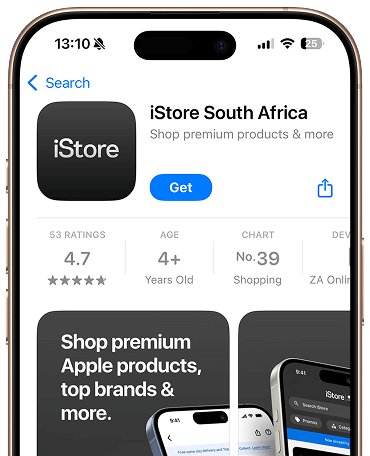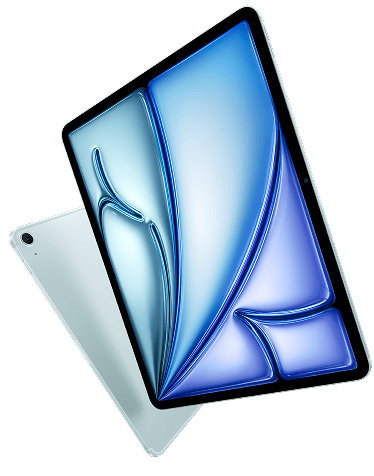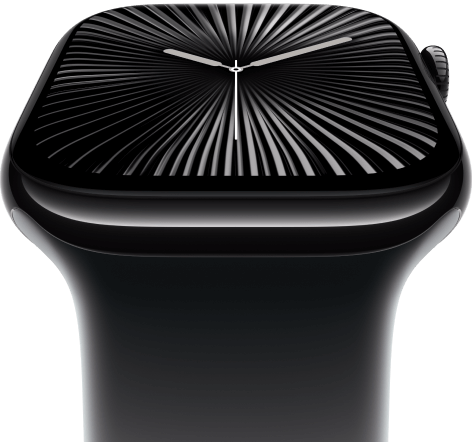
How Apple’s amazing new MacBooks are changing the way business works
Picture this. It’s five in the morning, and you’re waiting to board the red-eye from Joburg to Cape Town.
You flip open your MacBook and it stirs from sleep in an instant, its dazzling screen already outshining the day.
You browse the news, catch up on email, draft a think-piece for LinkedIn, and go through your KeyNote presentation once again, just for luck.
On board, you carry on working, taking a break to watch a couple of TED talks you downloaded earlier.
Twelve hours later, after a busy day of meetings, you’re back in your seat, ready to do the journey in reverse. It’s only then that you realise — you left your MacBook charger at home. Never mind. You’ve still got enough juice to last until morning.
For the business high-flyer, juggling project schedules with load-shedding stages, the all-day battery life of the new generation of MacBook will come as a wakeup call of the most welcome kind.
But that’s just one reason why the M1 and M2 MacBook Air and MacBook Pro models have become such a popular choice in the modern enterprise.
Launched in 2020, and updated just last year, the new MacBook draw their strength, speed, endurance and agility from one of the most radical breakthroughs in the history of computing: Apple’s SoC (System on a Chip) silicon processor, which integrates the CPU, GPU, Neural Engine, and other vital elements on a single tiny chip with unified memory.
The result is a lineup of powerhouse machines that are capable of outperforming and outlasting their high-end PC counterparts, making them ideal office-and-mobile solutions for the enterprise environment.
To put this proposition to the test, Apple commissioned Forrester Consulting to conduct a study on the economic impact and ROI of deploying Mac devices, including MacBook with M1 processors, in a range of organisations, covering areas as diverse as retail, healthcare, manufacturing, and technology.
On the cost side alone, based on consolidating the various companies into a composite organisation, the study determined a potential saving of more than $130-million over three years, amounting to an ROI of 336%.
When comparing hardware and software costs, the study found that deploying a Mac costs $207.75 less than deploying a comparable PC.
That amounts to an average device lifecycle cost saving, over three years, of more than $840 per Mac.
But the hard numbers only tell a part of the story.
Companies that equipped their employees with Mac, particularly M1 MacBook, reported increased levels of job satisfaction, engagement, and productivity.
“Employees who choose Mac are less likely to leave,” reported the study, finding an improved retention rate of 20% when it came to those using M1 devices. It’s not hard to find the reasons why.
Interviewees told Forrester that the performance improvements of the M1 MacBook, combined with extended battery life, higher data security thanks to automatic encryption and anti-malware defences, and the completely silent operation of the finless MacBook Air, enhanced focus on the task at hand and decreased the number of interruptions per day.
As one respondent, an IT director in the retail industry puts it, “Everything is just faster, and you spend less time waiting for small things on M1. By eliminating all of those pain points, it feels much more powerful, and it really improves the experience overall.”
A major pain point in the corporate IT environment, as everyone knows, is tech support, and here too the new MacBook Pro and MacBook Air have proved their worth.
“When we put people on M1,” added the IT director, “they tend to go radio silent from a support perspective. Everything just works. It is a much more stable platform.”
Adding to the versatility of the MacBook experience in the business arena is the M1’s compatibility with iOS and iPadOS applications, which means that employees are able to switch with ease between desktop and mobile usage.
To go back to our opening high-flyer, for example, it’s just as easy to rehearse a KeyNote presentation on an iPhone as it is on a MacBook, or to start drafting a memo on the iPhone’s Notes app, and carry on seamlessly on the same app on the MacBook.
In the Forrester study, the new MacBook generated positive feedback across the board, even when compared with previous Mac devices.
“All our users who have them love them, and they rave about the battery life and how fast they are,” said a director in the technology industry. “I see the productivity benefit on my side, too. I work with a lot of big reports and a lot of complex IT software, and I spend a lot less time waiting for small things than I used to.”
In the South African enterprise environment, the good news is that it’s now easier than ever to get up to speed with the new range of MacBook.
iStore Business, offers a wide range of services aimed at equipping employees with the tools and knowledge they need to improve performance and productivity.
“Whether you’re part of a large enterprise or have a small company, our business experts and tailored solutions are ready to help you integrate Apple technology into your organisation,” says Sudesh Pillay, Executive Head for iStore Business.
Click here and fill out your details and we will contact you on how iStore Business can help you join the new Mac revolution.
















